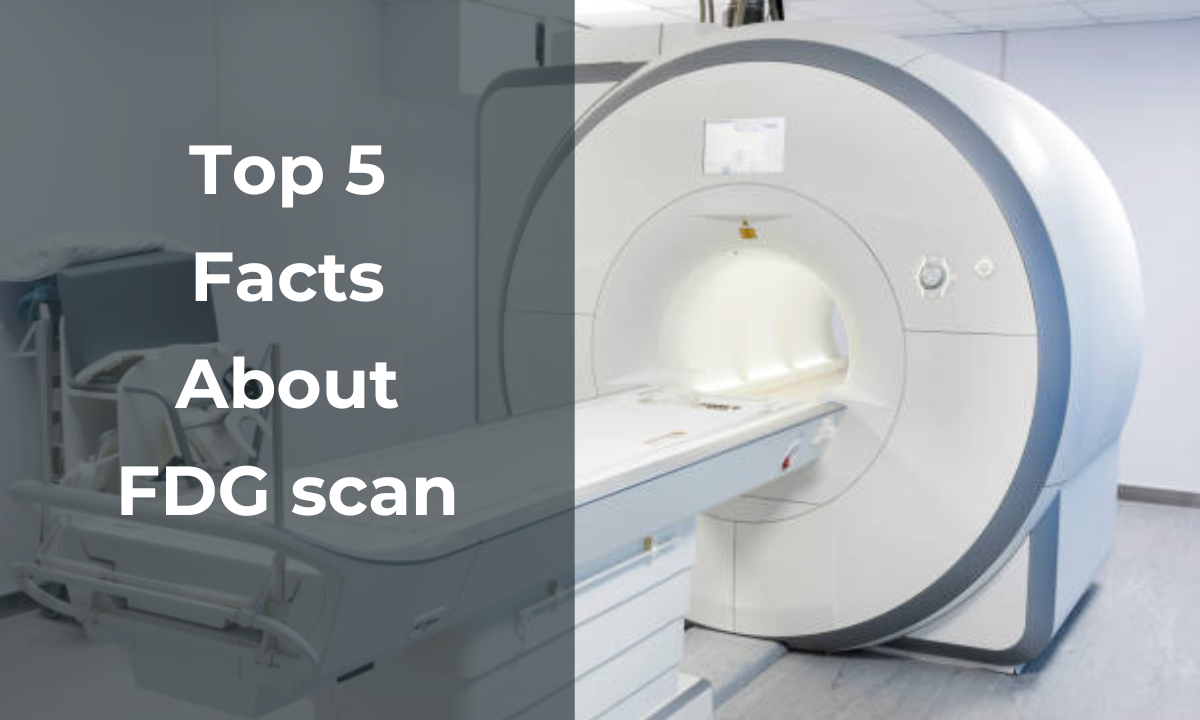A positron emission tomography (PET) scan is a diagnostic imaging test that physicians use to evaluate diseases in the body. A PET scan uses a radioactive drug called a tracer to show how organs and tissues are working. This guide will walk you through the step-by-step process of getting a PET scan.
Before the PET Scan
Preparing for the test – Your doctor will give you instructions on how to prepare for your PET scan. For example, you may be told not to eat anything for 4-6 hours before the test. This fasting helps get clearer scan images. You should also avoid caffeine and strenuous exercise before your scan.
Arriving at the facility– Plan to arrive about 30 minutes before your scheduled scan time. You may need to fill out forms and answer questions about medications you are taking or medical conditions you have. Be sure to wear comfortable clothing without metal fasteners or decorations.
A technician will insert an intravenous (IV) line into a vein in your arm to administer the tracer material during the scan. Inserting the IV causes a slight pinch but is usually not very painful.
During the PET Scan
Receiving the tracer– After the IV line is placed, the technologist will inject a radioactive tracer material called a radiopharmaceutical. Common tracers used include FDG, which contains fluorodeoxyglucose. The tracer flows through your bloodstream and collects in organs and tissues.
Waiting period– You’ll need to wait about 30-60 minutes for the tracer to circulate through your body and be absorbed by your organs and tissues. During this time, you’ll relax in a private room. The technologist may have you drink some water to help distribute the tracer.
Scanning- When it’s time for the scan, you’ll lie down on a narrow table that slides into the PET scanner, which looks like a large donut. The table may have pillows and straps to help you stay in position.
Scan duration– The PET scan usually takes over 30-45 minutes. The technician will inform you when the scan begins and ends. Usually, only one area is scanned at a time, so multiple scan sessions may be needed to examine all areas of interest.
Remaining still– Remaining motionless is vital as the PET scanner takes pictures during the examination. Motion can blur the pictures, which could make them unusable. The technologist will remind you over an intercom to avoid moving during the scan.
After the PET Scan
Drinking water– After the scan is complete, you’ll need to drink several glasses of water. This helps flush any remaining tracer out of your body through your urine. Most tracers have a very short half-life and lose their radioactivity within hours.
Resuming normal diet– You can resume your normal diet and medications right after the scan. Be sure to put pressure on the IV site for a few minutes to prevent bleeding.
No side effects- Most people do not experience any side effects from the tracer injection used in PET scans. However, you may feel some discomfort or bruising from the IV injection site. Drink plenty of fluids after the test to help eliminate the tracer from your body.
Scan results– It takes a few days for the PET scan images to be analyzed by a specialist. The radiologist will share the results with your doctor, who will then discuss them with you at a follow-up appointment.
The Purpose and Usefulness of PET Scans
PET scans are useful for detecting many conditions, including:
Cancer – PET scans highlight areas of elevated chemical and metabolic activity, which can indicate cancer. This helps doctors detect tumors and see if cancer has spread.
Heart disease – PET scans can reveal areas of decreased blood flow to the heart tissue, indicating coronary artery disease. It can also identify areas of the heart damaged by a heart attack.
Brain disorders – PET scans allow physicians to monitor brain function over time in conditions like epilepsy and Alzheimer’s disease.
Infection and inflammation – Increased metabolic activity around injuries, infections, and inflammation can be detected on PET scans.
The step-by-step PET scan process is safe, straightforward, and relatively comfortable for most patients. Being aware of the full procedure.
The actual PET scan typically lasts 30-45 minutes. The technician will remind you over an intercom to avoid moving during the scan.
The detailed images captured by the PET scanner provide doctors with crucial insights into what’s happening inside your body. PSMA PET scans have become an indispensable tool for cancer evaluation, neurological disease diagnosis, infection localization, and assessing heart health.
This metabolic information is complementary to anatomical imaging like CT or MRI scans. Combining a PET and CT scan into one exam lets doctors view both structure and function.
PET scans are safe because the radioactive tracers decay quickly and are eliminated from the body within hours. The amount of radiation exposure from one PET scan is low and thought to be relatively harmless.
While PET scans don’t hurt, patients may experience some discomfort from having to lie still for an extended period. Some may also feel anxious or claustrophobic inside the scanner. Children and anxious adults may require sedation to stay calm and motionless during the scan.
With a little preparation and knowledge of what to expect, PET scans can proceed smoothly and provide your doctor with a wealth of information to guide further testing or treatment decisions.
KIRAN NUCLEAR MEDICINE PET/CT CENTRE, a one stop destination for all your scans in Bangalore with best in class technology and committed team. Every case is handled with due care & experienced doctors. For any services, reach out at 7090270904






